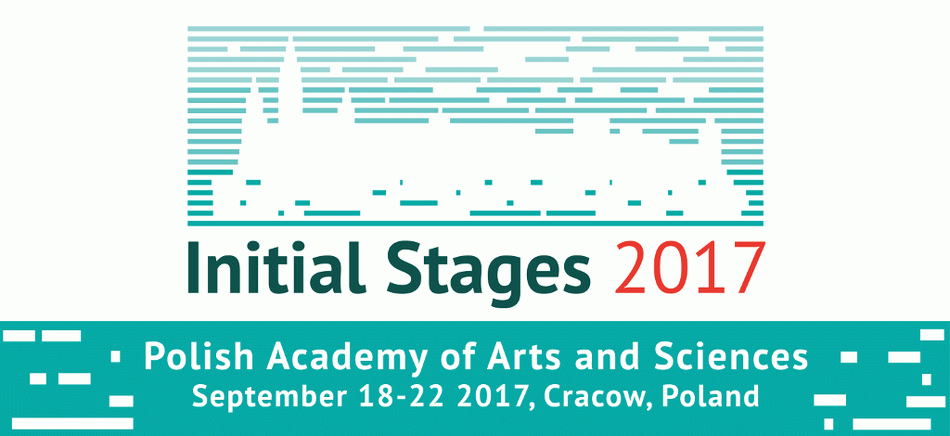Speaker
Description
Dijet production in the gluon saturation regime provides
a unique probe for the gluonic content of hadrons.
This is because such process is, in general, sensitive to several
small-x transverse momentum dependent (TMD) gluon distributions.
I this talk I shall discuss a factorization-like approach which is suitable for production of dijet system with rather large transverse momenta.
Although it involves several not known small-x TMD gluon distributions (breaking thus ordinary factorization), they all can be calculated in the Gaussian approximation of the Color Glass Condensate.
I shall present some numerical predictions for the LHC, both for pA collisions and for ultra-peripheral AA collisions. The last process is very interesting as it probes directly TMD gluon distribution not accessible otherwise.
